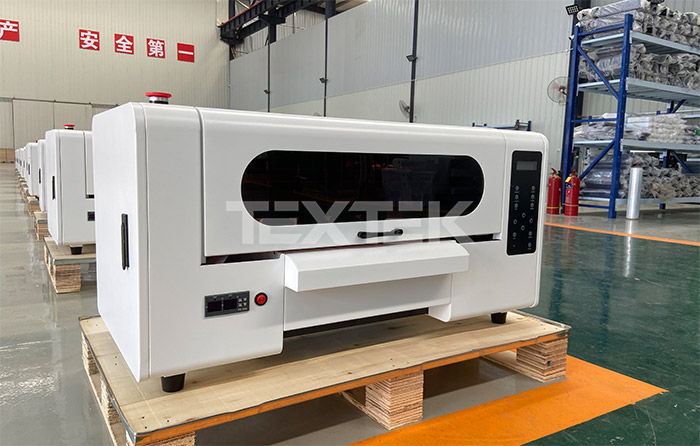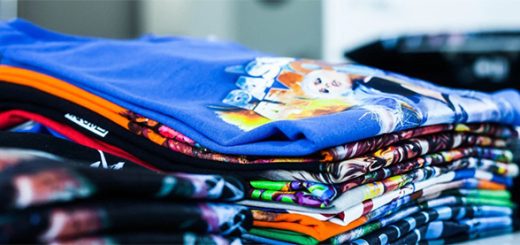How do you Use a DTF Printer?
What Are Dtf Transfer Printers?
A specialist printer called a direct to film printer can be used to print graphics on a variety of surfaces. Custom designs may be printed on t-shirts, hats, socks, and many other items with a DTF printer. You can allow your consumers to have their preferred piece of clothing printed with bespoke designs thanks to the growing industry of DTF printing.

How To Use DTF?
A DTF printer’s printing procedure is rather simple. To operate a DTF printer, you don’t require any specialized personnel or pricey equipment. As the name suggests, a DTF printer reproduces designs on a film, which is subsequently used to heat transfer the print to any fabric or material of your choice.
Look at this step-by-step guide for a brief overview of the full DTF printer usage process and how it functions.
Select A Design
The first step in the procedure is choosing a design to print. You can develop a unique design of your own using the printer’s included design software or any other illustration tool, or you can discover extremely creative designs to print on T-shirts and other materials in a variety of sites. You must move on to the following step once you have chosen a design to print.
Prep The Printer
The printer needs to be set up and ready to begin printing before moving on. Make that the cartridge contains all of the pigments needed for a DTF printer’s ink: yellow, magenta, cyan, white, and black. Check the printer’s ink cartridges to see if there is enough ink to print the entire design you have in mind and all the sheets you have scheduled. Verify that the printer is plugged into the wall and that all of its features are functioning as they should.
Transfer The Design
You must connect the printer to your computer before printing the design onto the PET film. Load the design into the integrated printer-specific software, and it will automatically generate DTF printer instruction sets, including color profiles, drop sizes, and other crucial factors that affect the print’s quality. Since the software will determine all of the crucial aspects of the final print, it is crucial for producing a high-quality print using a DTF printer. This software can be used to send prints to printers.
Printing On Film
The print on the PET film will now begin to be replicated by the printer. Every printer prints at a different speed and produces prints that are different sizes. Additionally, you may print many designs on a single sheet and cut them out to use on various clothing items, which can lower your company’s operating costs.
Add Hot-Melt Adhesive Powder
You will need to add the Hot-melt powder, which is an adhesive component, in order for the print on the film to adhere to the cloth. When the print and fabric are placed under a heat press, this white substance will melt between the two, permanently binding the color pigments to the fabric’s surface. The area of the film where you want the print to appear on the fabric must have the hot-melt power applied equally. You can also purchase an automatic power shaker that will perform the task according on the print if your company has large traffic and this process seems to take a long time.
Heat Press
The final stage involves utilizing a heat press machine to transfer the print from the PET film onto the cloth or other surface. Place the cloth between a heat press and the hot-melt adhesive powder-coated film where you wish the print to appear. The material and PET film are heated to the necessary temperature with the use of specialized machinery called a heat press, which also helps transfer the color pigments from the PET film to the fabric. T-shirts, pillowcases, canvas, and other flat materials can be printed using a flat heat press, while additional surfaces like caps and shoes can be printed using specialized heat press equipment.






